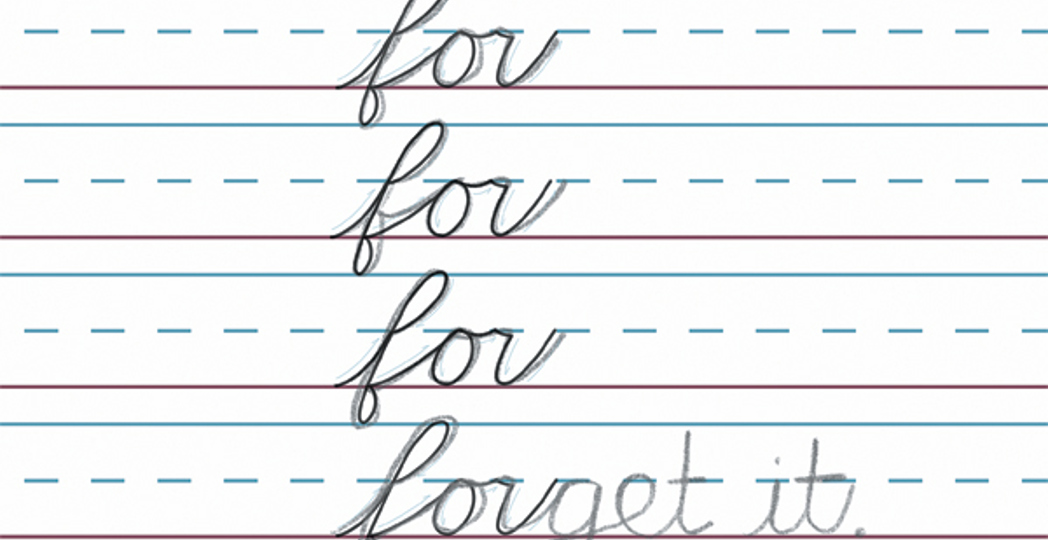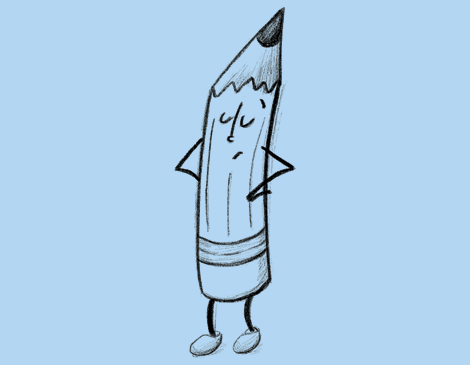Script Squabble: Is Cursive A Necessity?
by Chris Manning | Mar. 6, 2019 | 1:00 PM

Erin Stinard
Adults may get away with scribbling on receipts, but a new law ensures Ohio students are equipped with much more than a John Hancock. Signed by former Gov. John Kasich in December, House Bill 58 provides schools with the resources to help students master print and cursive handwriting by third and fifth grade, respectively. However, the law, which makes Ohio the 15th state to enact student handwriting legislation, does not require each school district to follow the curriculum. So as educators decide whether or not to teach the dreaded cursive “G” in a GIF-driven world, we asked two professors who study handwriting and education to argue for or against modern students learning cursive.

Against: “Students do need to develop legible writing. My concern is the amount of time teachers devote to this skill. With so much focus on technology, in assessing students and integrating it into the classrooms and how students are using technology to construct text, it just doesn’t seem like the need for cursive is as strong as it was 20 years ago. The curriculum is already so packed. Teachers are struggling to get in all of the content they need to teach. Now they are being asked to make
decisions about what to cut. And there’s so many resources available for handwriting online — videos on letter formation in cursive and printable worksheets. This can be practiced at home.” — Terri L. Purcell, associate professor of literacy education and program coordinator at the department of teacher education at Cleveland State University
For: “There is a myth in our culture that now, because we have computers, we don’t need handwriting. But the research shows that this is clearly not a fact. Children benefit from first learning printing, which actually transfers to facilitating word reading because most of the print we read in books or on the computer is in some kind of manuscript format. They benefit from the cursive, too. We know that there’s a benefit to starting cursive after first and second grade, after students have learned printing, because it helps with their spelling and their overall writing skill. If they don’t learn how to produce letters, component stroke by component stroke, they are not going to be as good at recognizing letters, and that’s going to affect their word reading and their ability to spell words.” — Virginia Berninger, emeritus professor at the University of Washington College of Education
Trending
-
1
-
2
-
3
-
4
-
5










